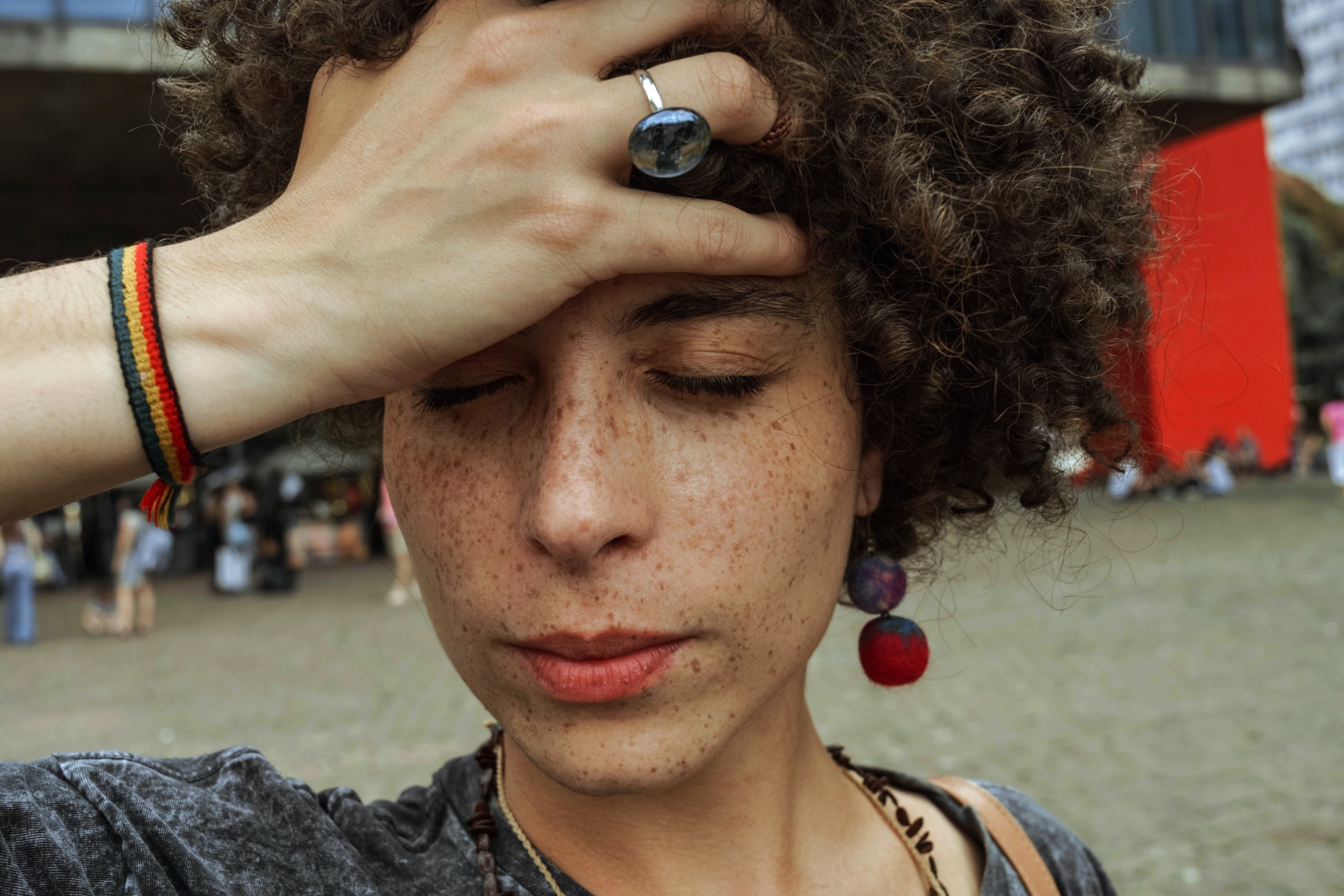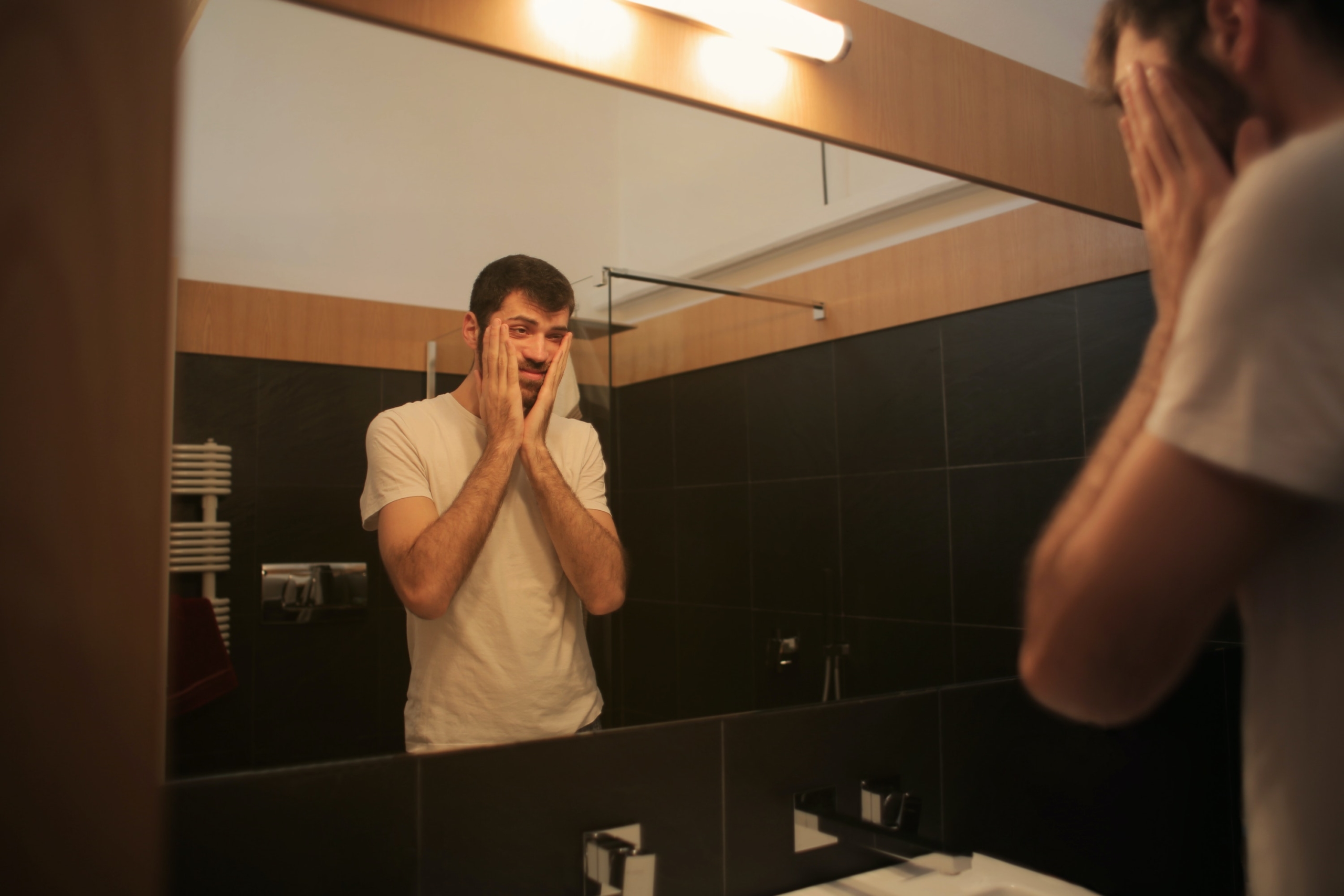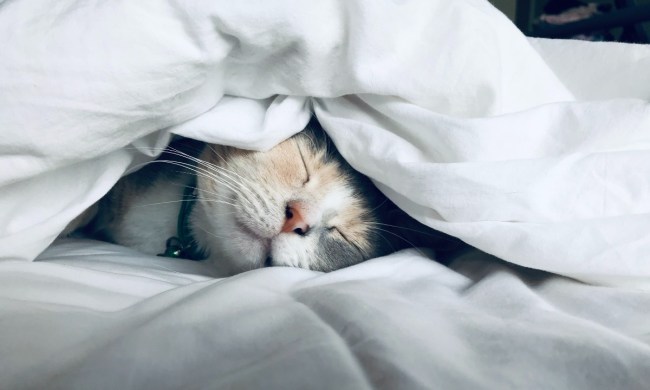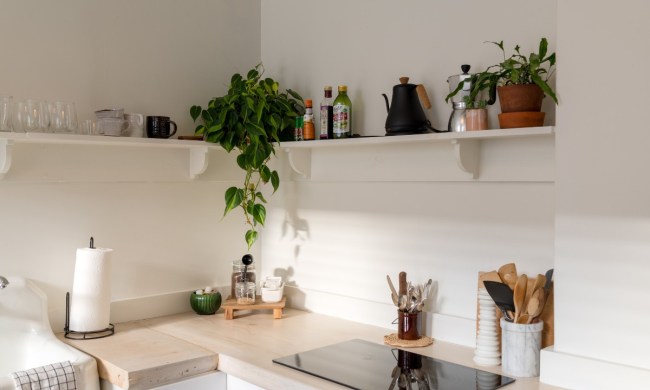We have all experienced anxiety in some form or another, and this sense of apprehension or fear about future events is your body’s natural response to stress.
For example, you may have felt nervous and a bit scared about going to a new school, starting a new job, or speaking in front of a crowd. You can’t control the outcome of these circumstances, and these unknowns can make you feel uneasy and fearful–that’s anxiety.
However, some people experience these feelings on a much deeper, more extreme level. For those with chronic anxiety, these feelings can last six months or more, often substantially interfering with everyday life.
In the article below, we’ll go over some of the physical manifestations of anxiety and explore some tried-and-true methods to manage anxiety. While there are natural supplements to manage anxiety, there is no actual cure to feelings of anxiety or an anxiety disorder. However, you can learn how to recognize the symptoms and calm yourself before they become too severe.
If you are experiencing anxiety that seriously limits your day-to-day functioning or lasts for extended periods of time, consult a healthcare professional for help.

Physical symptoms of anxiety
Everyone experiences anxiety at one time or another. Sometimes those physical symptoms are minor, but others, such as panic attacks, are much more severe. Below are physical symptoms of anxiety that often accompany worried feelings.
Minor symptoms
- Muscle tension
- Trembling or shaking
- Increased heart rate
- Fatigue or weakness
- Insomnia (or inability to sleep through the night)
- Headaches
- Digestive trouble, stomach pain, or nausea
- Sweating
- Breathing too fast
Severe symptoms
- Extreme chills
- Overheating
- Chest pain
- Tingling sensations or numbness in various body parts
- Difficulty breathing or swallowing
- Fear that you’re going to die
Now that you know the most common physical symptoms let’s discuss how to manage anxiety.
The mind and body connection
Our minds are a powerful part of our being. Consisting of our consciousness, intelligence, imagination, and so much more, the mind also exerts a strong influence over the body.
For instance, when you’re afraid, your brain activates the sympathetic nervous system, causing physical responses like a rapid heartbeat, dilated pupils, and a rush of hormones to make you more alert. All of these are signs that your mind has triggered your fight or flight mechanism.
However, it’s possible to recognize these physical symptoms and disrupt their flow before they become overwhelming or prevent you from continuing your day normally. As soon as you notice these symptoms of anxiety coming on, take advantage of that mind-body connection to tell each part of your body to relax.
A common method to achieve this is the 5-4-3-2-1 mindfulness technique. Focus on five things you can see, four you can hear, three you can touch, two you can smell, and one you can taste. This method diverts your mind’s attention away from the stressors and toward very focused and specific tasks. This also engages other muscles in your body as you reach to feel objects and breathe deeply to search for smells.
Another effective method involves giving in to your fight or flight response. Whether it’s an angry bear in the woods or a difficult exam, your body wants to either flee or attack. By engaging in physical activity, your body tells your brain that you are distancing yourself from the danger, which can lower adrenaline levels and promote relaxation.
The breath connection
As noted above, connecting with your body and focusing on your breathing can anchor you to the present moment. Below is another process that focuses your attention on something other than what is causing the stress. In this instance, you focus all your energy on breathing.
To begin, close your eyes and breathe deeply for five seconds. Then, focus on any sensations that arise. What do your breaths sound like? Is the air warm or cold? How far is your chest expanding as you breathe in? Concentrating deeply on your breathing can prevent hyperventilation and offer a distraction from the anxiety-causing event.

Categorization
Another method to calm anxiety is to manage your racing thoughts and organize them into manageable categories. Some do this mentally, imagining a filing system of sorts, while others make lists or mind maps.
Most importantly, these categories should not involve judgments such as good and bad or easy and difficult. Keep them as objective as possible and arrange them using groups like work projects, family commitments, or shopping lists. It may also help to organize chronologically, focusing on what should be done by the end of the day, week, month, or whatever timeline works best for you.
If you are living with anxiety, you are not alone–over 40 million adults in the United States suffer from anxiety, whether it’s mild or severe. While there isn’t a cure, it is highly treatable. As always, speak to a healthcare professional about your feelings of anxiety to learn more about the treatment options available to you.
BlissMark provides information regarding health, wellness, and beauty. The information within this article is not intended to be medical advice. Before starting any diet or exercise routine, consult your physician. If you don’t have a primary care physician, the United States Health & Human Services department has a free online tool that can help you locate a clinic in your area. We are not medical professionals, have not verified or vetted any programs, and in no way intend our content to be anything more than informative and inspiring.


